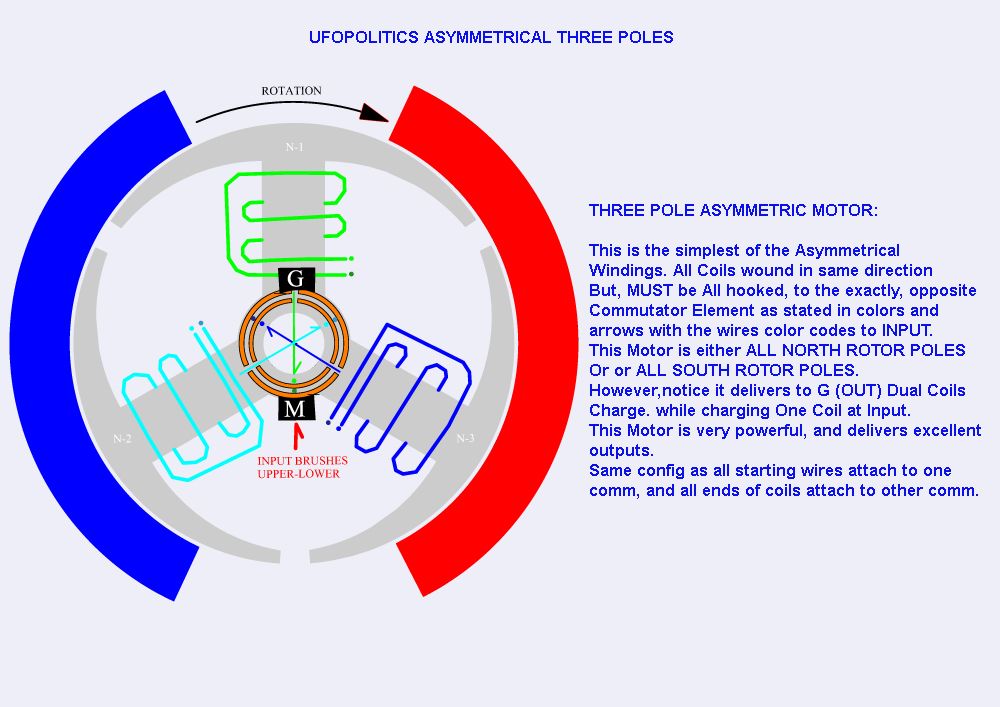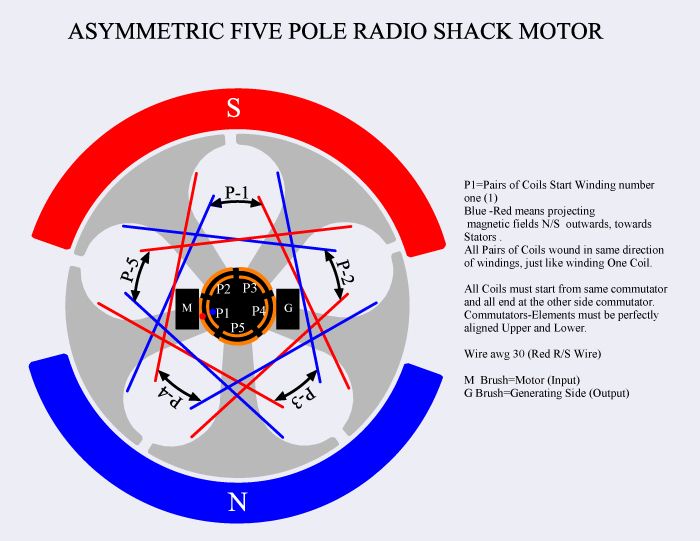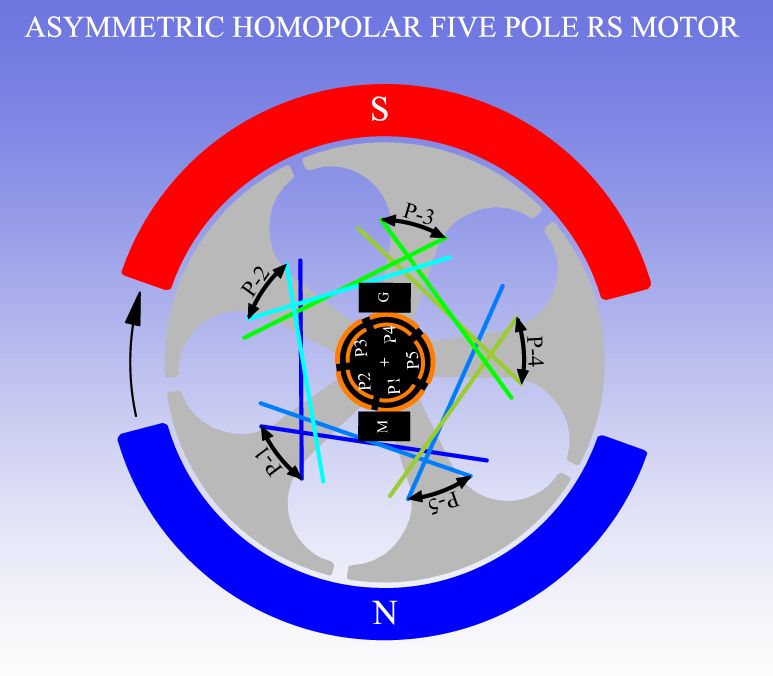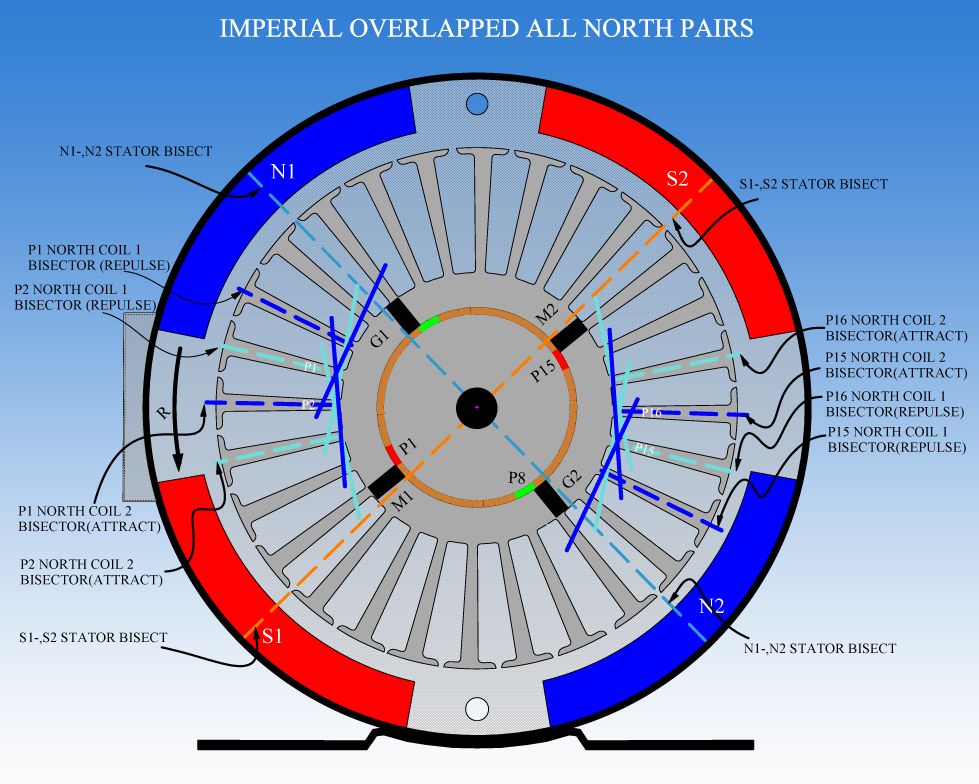P66 motor wind
Greetings:
I have wound 21 groups on the P66 armature with 5 turns per per unit.
My windings aren't tight enough to suit me, so they are coming off and I'll start from scratch again. (Tis good practice, and eventually I'll get good at winding armatures.)
The question becomes: What is the best way to wind this armature now? Mr. UFOPolitics has been kind enough to make a drawing for me to use with overlapping winds and that is what has been followed.
Is there a better hack out there now? If so Mr.UFOPolitics, would you extend me another kindness and make a drawing?
Else, I'll keep on with the current version and try something different using a P56 motor.
Thanks,
glen
Greetings:
I have wound 21 groups on the P66 armature with 5 turns per per unit.
My windings aren't tight enough to suit me, so they are coming off and I'll start from scratch again. (Tis good practice, and eventually I'll get good at winding armatures.)
The question becomes: What is the best way to wind this armature now? Mr. UFOPolitics has been kind enough to make a drawing for me to use with overlapping winds and that is what has been followed.
Is there a better hack out there now? If so Mr.UFOPolitics, would you extend me another kindness and make a drawing?
Else, I'll keep on with the current version and try something different using a P56 motor.
Thanks,
glen


 ..., and I have all drawings to follow up the winding method of your choice.
..., and I have all drawings to follow up the winding method of your choice. 




Comment